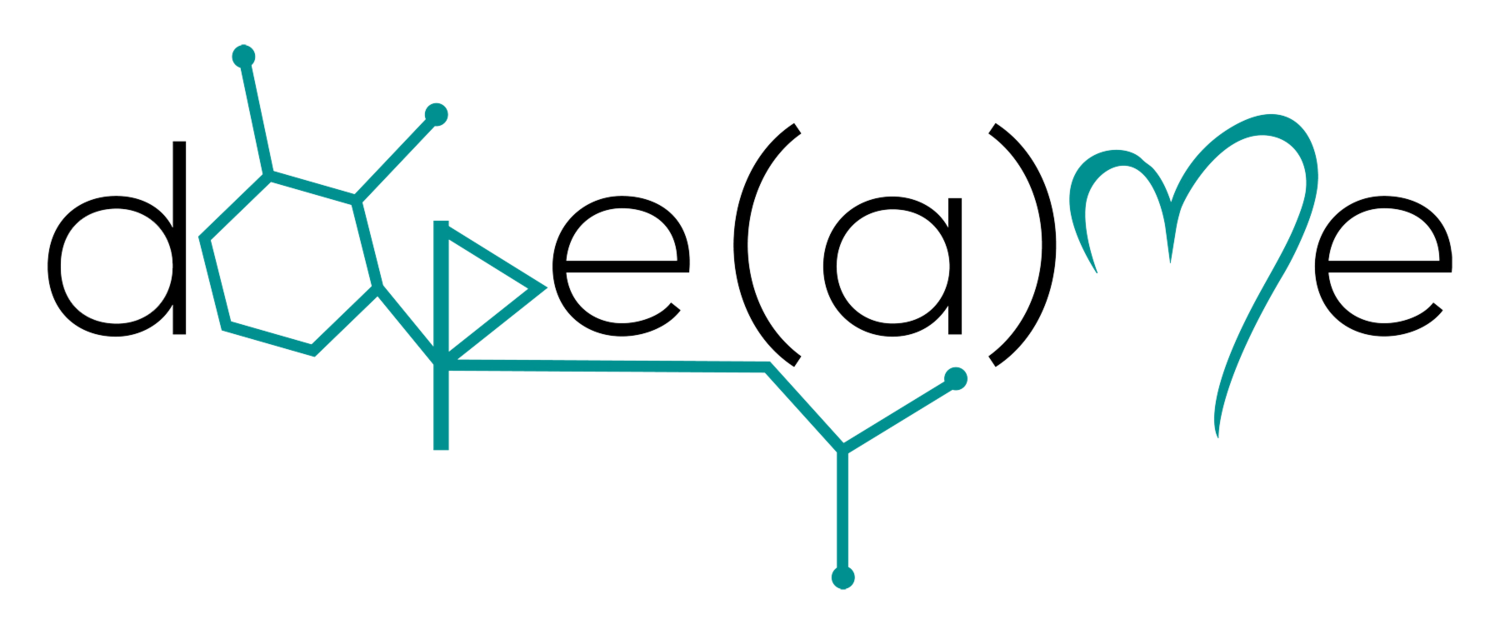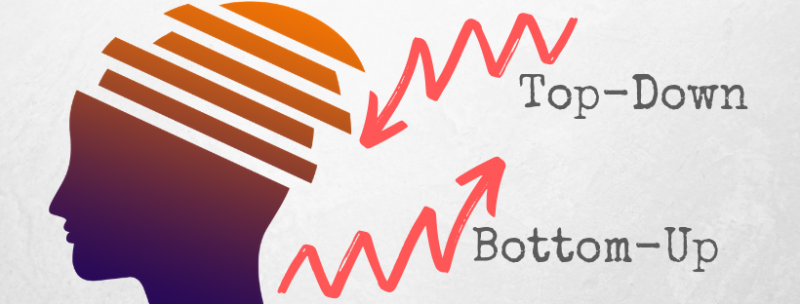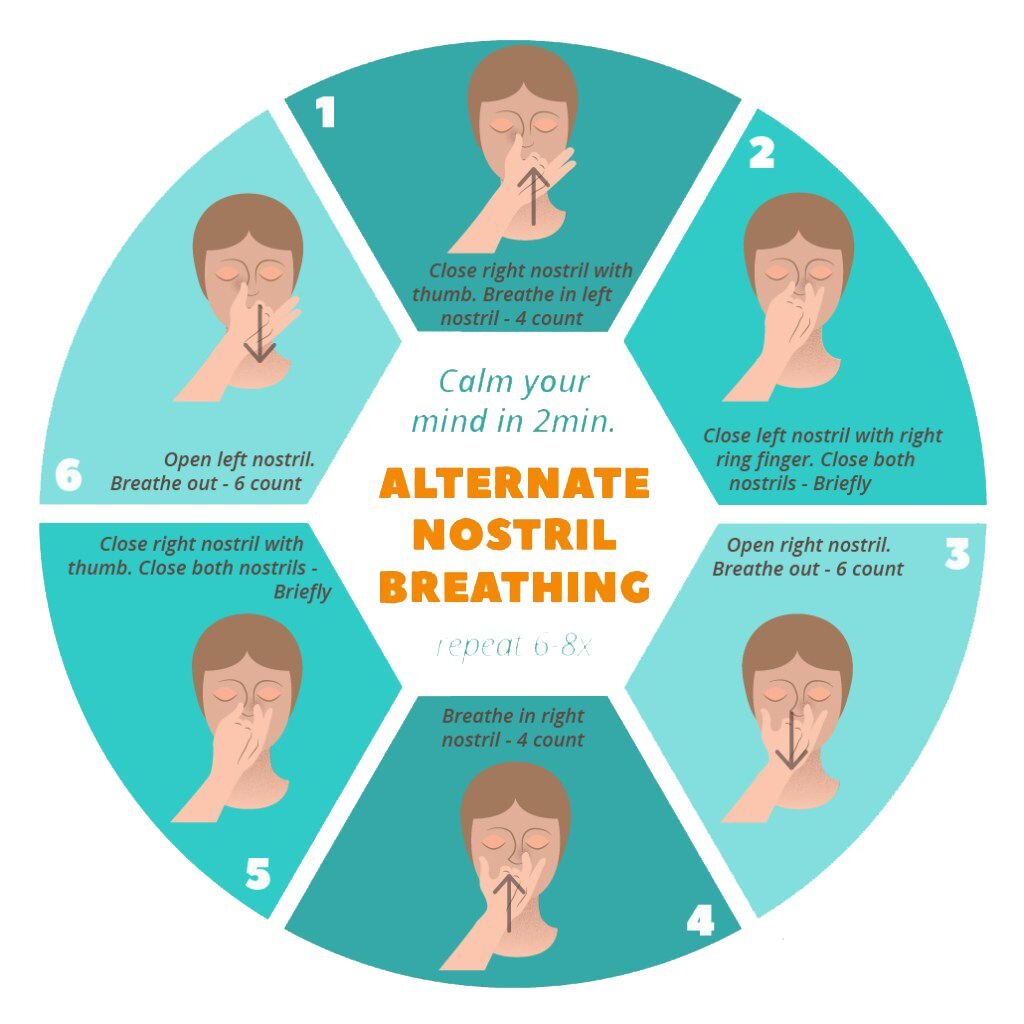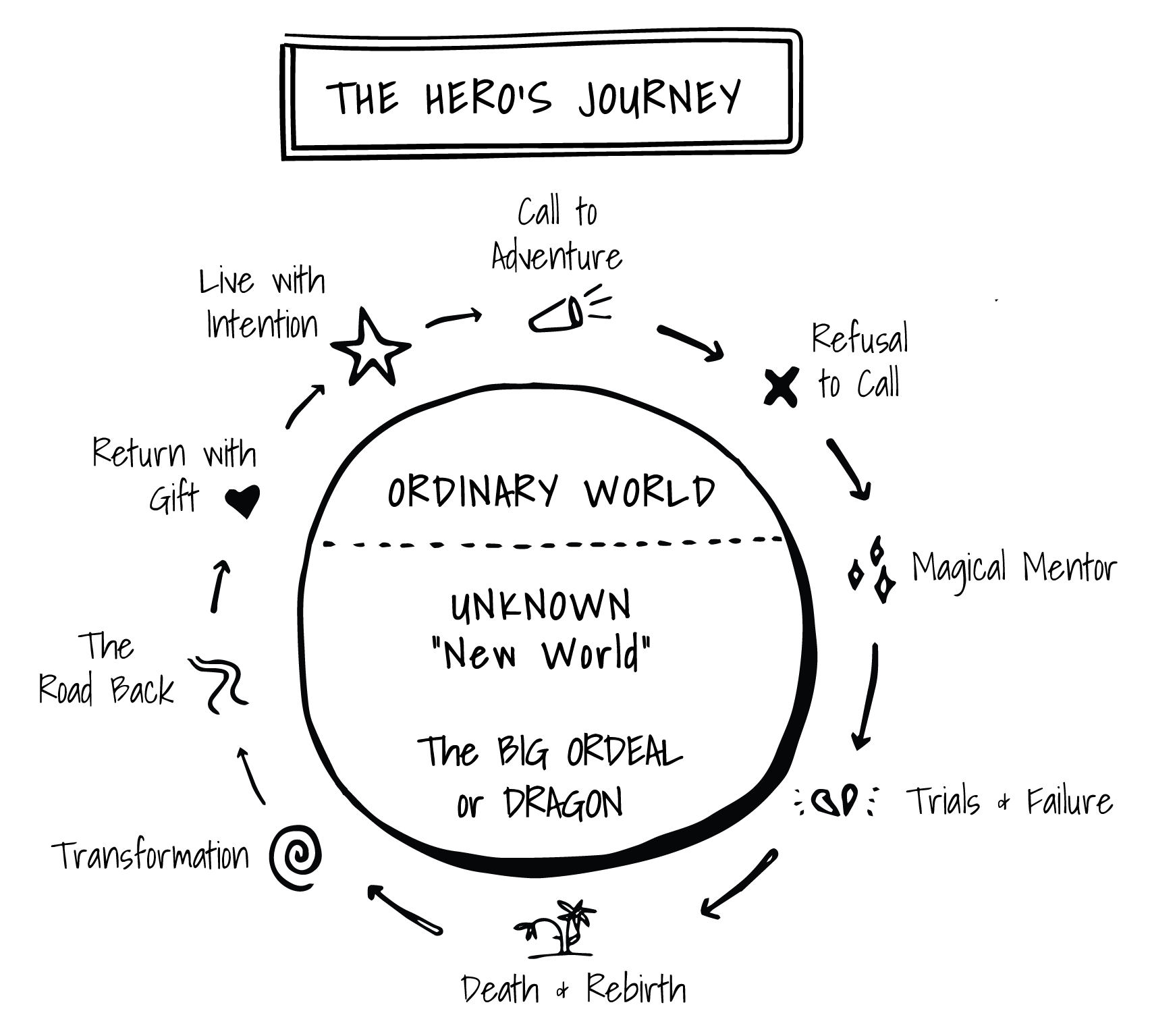Episode three of season three of my podcast was such a delight to facilitate. I find it to be so fascinating to reflect on the journey of various concepts and beliefs in my life, and how they have evolved into a release or into a deeper rooting. The notion of perfection has played an important role in my self-inquiry, and it was such a treat to share that journey and hold space for others who are all in their own unique relationship with this concept.
Below are a few minutes from the beginning of this episode transcribed for your reading pleasure. Find the links to the full recording at the end. Enjoy, xox.
Marin: I'll give you some context into tonight's topic. It really popped up for me actually in our last recording. Where the word perfect was used so many times in so many different ways. And I just became really curious about that, of the different ways we're using it. Sometimes it was positive, sometimes it was negative, sometimes it was something you can never reach. It was hyperbolic often, being used in a way where it's like, well that's not really what I meant, it's just like, that's the word I use because it's this nice exaggeration that we throw around all the time. Right, “I'm dead tired”. Well, are you really? “I'm as fast as the wind”. What does that mean?
We say these things that are just kind of an analogy, but it's hyperbolic. And that's one of the first things one of my teachers said when I broached this topic with her about what do you think about perfection, and she said, a lot of the English language is hyperbolic. And that's really all I have to say about it for right now and I was like that's genius. That's a huge part of what makes this concept so confusing is the different ways that we use it.
…..
And so there's a few different concepts - or I'll go with the word container - that we can use to understand perfection. Not only does perspective matter, but so does scale. As well as what type of language am I using, is this hyperbole, or am I being really serious about what I'm saying? And as I will get more into kind of playing with different ways of discussing this and exploring it, but I wanted to start with sharing that the only thing I really know for sure is that when I claim perfection as now. my whole body settles.
Like it's, it's this internal striving for more or what's next and control and this is wrong, all of that just settles, because I confidently step in and claim, “no it's perfect”. And being this nerd with the nervous system, I know that when I feel so calm and settled and soft, there is space for alternative pathways, for sampling new information, for noticing things that I've never noticed before, because I feel safe. And to me, this practice that really has been introduced because of Beth, of claiming perfection as now, I've now been able to link it to what happens in my nervous system.
So everything else is contemplation. It's interesting, some will be opinion based on experience, but that's the one thing I wanted to start with because it's what I can say I know this for sure because this is my visceral experience on a daily basis.
So, you know, kind of trying to frame what our definition of perfection is. That's really all I wanted to kind of put out there to start with is, that's what I know, that's what I'm feeling.
I am curious to hear from you Beth, when it comes to this discussion, this inquiry around perfection, whether it's how you would define it, or, or what you want to start with, you want to say about perfection.
Beth: Yeah, I think I'm going to start with what my teacher said, and then I'm going to move into kind of where it all kind of began for me. And this came up with my teacher, about two years ago. We were in conversation about some big - probably cause and effect and karma or something like that - and I just remember having this moment and we were in a circle and I looked at him and I said: “You think people are perfect too!” And everybody went silent. And I was like, oh did I say something wrong. And he just looked at me and he said, “If you say so”.
And then we moved on with the conversation. Which was, I mean I sat with that for a really long time and it's true. If I say so that's true, that is my reality. So then I kind of had to sit with, well (a) Why did I feel so uncomfortable? Why did the room go silent? Like what, what's the problem? I finally spoke my truth in a room that I thought was safe and it didn't feel safe so why what's the problem?
And so now I'm going to take you back to kind of where I think the issue started for me is, is growing up with a severely disabled sister. And when you have a disabled sister, she's just your sister, period. And then one day you go to school with her, and you realize everybody else thinks there's something wrong with your sister. Everything, the way she looks, the way she talks, the way she dresses, the way she thinks, the way she moves. Everything!
And being a child and watching every other child, every other child, pointing out making fun of somebody for having all these “imperfections”, was so confusing. It was so confusing. And so I grew up really almost angry like “she's perfect! Why can't you see she's perfect? What is wrong with you, that you can't see she's perfect? There's no problem with her.”
“Well, you know, Beth, she's never been able to do math like you.”
“Yes She Can! I know she can. I know she can because when I take her downstairs and I spend three hours teaching her math she can do math. It’s that you don't want to take the time to teach her to be able to do what you think is going to make her perfect.”
And so, as I got older, that's like the reality I'm walking around and in the world, is a whole bunch of people that have agreed to this collective consciousness of humans are flawed. And I, I'll be honest, it really just totally confuses every single cell in my body, why every single human wants to claim, and own the fact that not only are they flawed, so are you. But it's okay you're flawed because I'm flawed too. We're both flawed. And it just like it really confuses me. There's very few things that I have been met with more resistance in my life than people who want to tell me why not only are they not perfect, I'm not perfect, and the world's not perfect. And it, like I said it's just very very confusing. (A) that not only do you want to clean that for yourself, but the fact you actually want to put that energy on everybody else walking around in the world.
You know, and the next layer that I'm going to go into is like, why, why are we doing that. I think it's because, as a collective consciousness, several of us are separate or have separated ourselves, or have been taught to be separate from our spiritual self. And our spiritual being is in the present moment; perfect. It is a reflection of divine love and light. There is nothing wrong with the present moment. And if you claim there is then show me one piece of evidence that says that this present moment is not perfect.
And so I think that that's, you started talking about space and time, it becomes about achievement. Perfection becomes something we have to acquire as opposed to being something that we are. But then becomes the question of stagnation. Well then, then we're stagnant, we're not progressing. Well, really?
I can look back on myself 10 years ago and I am not the same person but I don't think I'm any more perfect. I don't think I'm any more perfect today than I was 10 years ago, or 20 years ago or 30 years ago, nor do I think I’ll be anymore perfect 20 years from now. It's just a whole bunch of now moments that are strung together. And if you're in the Now moment, there is no other answer other than for me; you're perfect. And I'm perfect, and I can only see you in the same light that I know my truth as.
Marin: Thank you. Yeah, you know that the story that is coming up for me is one of the first times that I played, or that I taught yoga. It was at a family reunion in BC, and I was teaching. I have a pretty large family, I grew up Mormon, so when we all get together, it's like, lots of people.
So, early in the morning for these three days, I said that I would lead a yoga class outside for any of the family who wants to join. And my dad came to, I think all three of them, and on one of the mornings, I was saying things along the lines of, like, you've got to accept yourself for who you are. Accept this moment, it's all there is. Right. What if you are exactly who and where and, you know everything that you're meant to be in this moment, like just a lot, a lot of that as the theme of like just radical acceptance.
And my dad pulled me aside after and challenged me on that. And he said: You know I don't know if I agree with this, like, just accepting things as they are things that you were talking about. And he said, you know, his worry was that if people are really to just accept that this is what it is that yeah they'll stop trying. It'll turn into this, this passive lifestyle of like well I'm perfect, so why try or, you know it is what it is, so I'm just gonna lay back and wait for the universe to come knock on my door and tell me what's next.
And similar to the way you described Beth, I sat with this for a long time. Right. It was a moment where I was like hey there's truth in what he just shared, but something's off. Like, that's not the whole truth. And what I realized years later through continued practice and study is, oh, it's non-dualism, that I was feeling. We were both right. Yet this incessant fear of passivity or stagnancy or I'm not going to be enough, I won't achieve the things that I need to achieve, to be, “successful”.
That's a very extreme fear that will lead us into, well, equal and opposite extremes in all different directions. Right, it's the push and pull. If we are really heavy or focused in one area, it's going to throw everything off balance. And so that became a big part of my practice as recognizing that okay if I'm going to speak to acceptance and perfection, you're perfect right now. Well, I also need to include... well, what does it mean to be both perfect and adaptable? What is it to be in this place of radical acceptance, yet still acknowledge that I have desires and goals? I do want to achieve things. I'm just not so attached and fixated to these achievements that I think that's all that it is, or that's all that there is, and that I’ll suffer if I don't receive it. Right, that's to me like nervous system dysregulation, I'm not going to be happy until I get x. Well, what if I don't get x? And what if I get X and it's not what I thought it was going to be, then what?
Right, so it's about recognizing that when we come back into regulation, back into this moment, back into the perfection that is now. Well now I have choice, and I have energy, and I have possibility all around me. And I can just be so content, right here. So, every step of my journey now is something that I savor and I enjoy because now is perfect,
And I will say that I think an important part of this journey as well is recognizing what your current beliefs are and knowing that it's okay to slowly make your way into claiming perfection now, because that might be quite a leap, for some. I know it was for me. Originally, when I was kind of tracking back my journey of my relationship with perfection, and it started with, I must be perfect. Right, classic perfectionist. And always disappointed. Always let down because I was never perfect. It drove me crazy.
And so then I flipped into, oh, I can be both. I'm perfectly imperfect. And that felt really good for a long time. It did, it was liberating, actually, to be perfectly imperfect. And only a couple years ago I slipped into striving for is a negative feedback loop. It's suffering. I had a very strong stance, I didn't like the word perfection. I didn't want to use it. I thought it was wrong. Leading me back into, yeah it felt initially like it was leading me back to this place before where I had a lot of suffering. Right, so I didn't want to use it.
And it was through conversations with Beth, where it was a little bit like, “what's wrong with claiming perfection?!” Like, she's so charged about it, and I love it because I was like, I need to pay attention to this, there's something here.
And, and I have to say in our interactions there have been moments where it's like, I just don't know, like I still like this perfectly imperfect, and I still don't know if I want to use the word perfection just because of how misleading it can be. But I honestly can say now as I said in the beginning that this is, this is a daily practice for me now, of just pausing and going this moment is perfect. And it's just everything. Like, oh if it's perfect, I can be here. I don't have to refuse reality anymore. If my whole body says yes.
Beth: It frees you to be. There is no more need for doing. You can be. You can be a being, a human being. You know, again, it's not that human doing, it's like the perfection has become attached to a doing-ness. You know, it's something that we're chasing, we're acquiring something. You know, I wish I remembered who said this quote but “desire is the source of all suffering.” Right, and so like making perfection something that you're desiring in the future causes the suffering.
And I'm even gonna say suffering is perfect. Suffering is perfect. I've been through major traumatic events that I've had to consider well then Beth is that perfect? Yeah, I do believe if I could step back far enough, who am I to say it wasn't perfect. Horrific things have happened that I've been witness to, you know, and nobody would ever think that that was perfect. But years later I can look back and be like wow that happened and that happened, we all know the butterfly effect right. If you can stand back far enough, who are you to say that it wasn't perfect? It might have been really scary. It might have been really awful. It might have been really dark and filled with shadow, but that doesn't mean it wasn't perfect.
Full episode on Apple Podcasts
Full episode on Spotify














